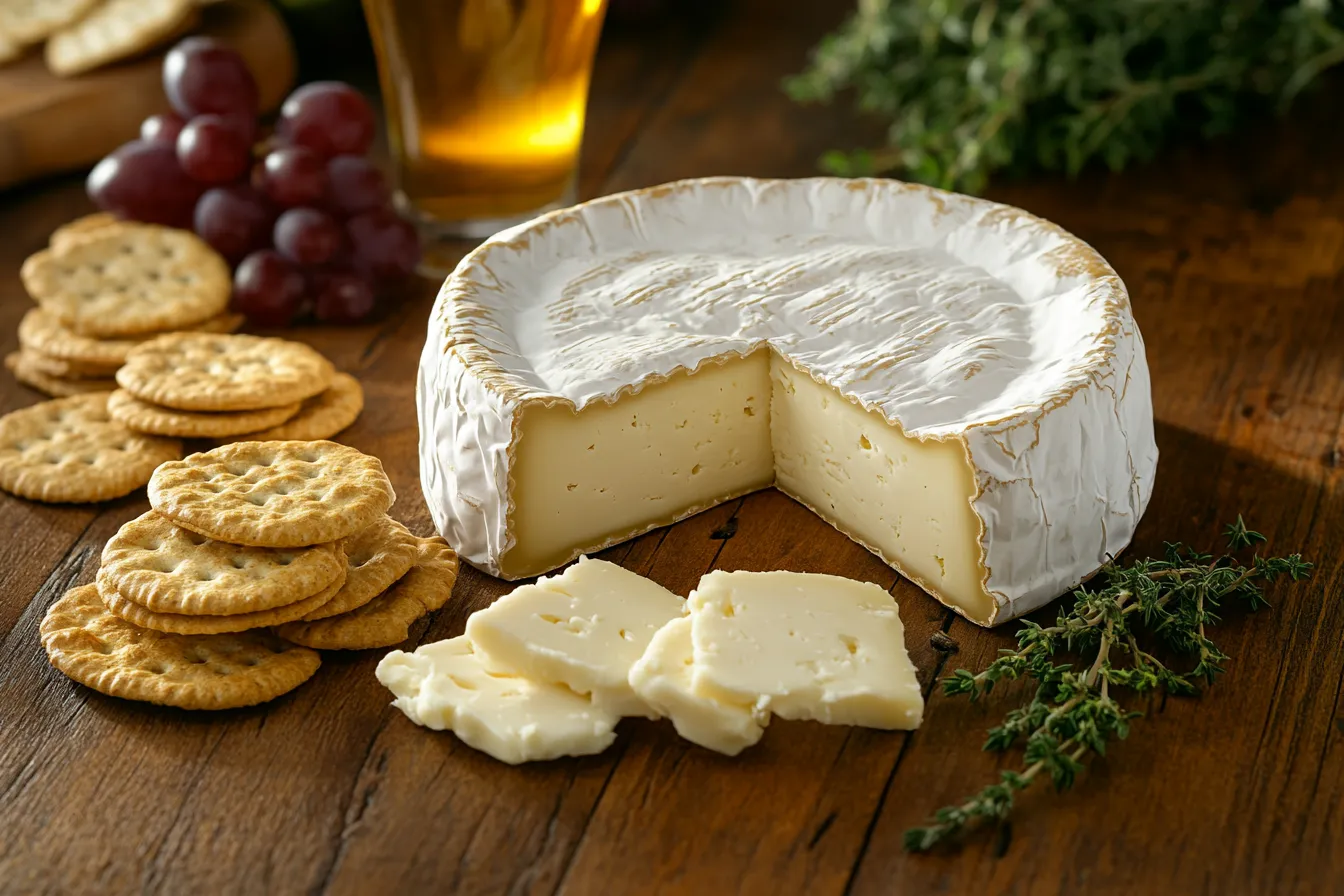Table of Contents
Introduction
Ever heard of Griffin Cheese and wondered what makes it so special? 😋 You’re not alone! In the vast and delicious world of cheeses, there’s one quirky, flavorful gem that doesn’t get nearly enough attention—and that’s Griffin Cheese.
Griffin Cheese isn’t your typical cheddar or Swiss. It’s bold, it’s got personality, and it’s deeply rooted in tradition and flavor. Whether you’re a full-blown cheese addict 🧀 or just dipping your taste buds into the dairy scene, learning about Griffin Cheese is going to blow your mind—and maybe even make your stomach growl…Tini Mac and Cheese
“Griffin Cheese is like the jazz of the cheese world—smooth, sharp, and full of surprises.” — A Cheese Enthusiast from Georgia
In this cheesy adventure, we’ll explore where it comes from, what it tastes like, how it’s made, why it’s named “Griffin,” and so much more. Stick around, and by the end of this, you’ll be a full-on Griffin Cheese geek (and proud of it! 😄).
What is Griffin Cheese?
Griffin Cheese is a unique, semi-hard artisan cheese often made using traditional, small-batch methods. It’s known for its creamy-yet-firm texture, slightly sharp bite, and buttery finish. Think of it as a cross between a mild cheddar and a punchy gouda, with a Southern American twist 🇺🇸.
It’s not just the taste that makes Griffin Cheese stand out—it’s also how it’s crafted. Most versions are produced with pasteurized cow’s milk and aged for a minimum of 60 days. It often gets washed in local ales or spirits, which gives it a distinctive funky rind and deeper flavor layers.
Some small dairies in the Southern U.S. (especially Georgia) proudly produce Griffin Cheese using family recipes passed down through generations. The name “Griffin” may even refer to a regional style or homage to the city of Griffin, Georgia…Bake Mac n Cheese
Origin and History of Griffin Cheese
Where did Griffin Cheese come from, and how did it become such a sensation among cheese lovers?
To start, the story of Griffin Cheese begins with Southern craftsmanship and a deep love for fermentation and dairy culture. Back in the day, small farmstead dairies in Georgia and nearby states needed ways to preserve their milk—and cheese was the answer.
The Griffin Cheese we know today is inspired by these heritage-style recipes, infused with innovation from modern cheesemakers. Some believe it was first developed as a collaboration between Southern breweries and creameries, blending traditional cheese-making with beer aging techniques.
“The Griffin is to Georgia what Parmigiano is to Parma—it’s more than cheese; it’s a way of life.” — Artisan Cheesemaker, Griffin, GA
Modern versions are now often made with spent grain ale wash, a process that involves bathing the cheese in a craft beer made from locally sourced grains. This technique enriches the cheese with a slightly nutty and malty flavor.
In short, Griffin Cheese was born from Southern roots, brewed in community spirit, and matured with creativity.
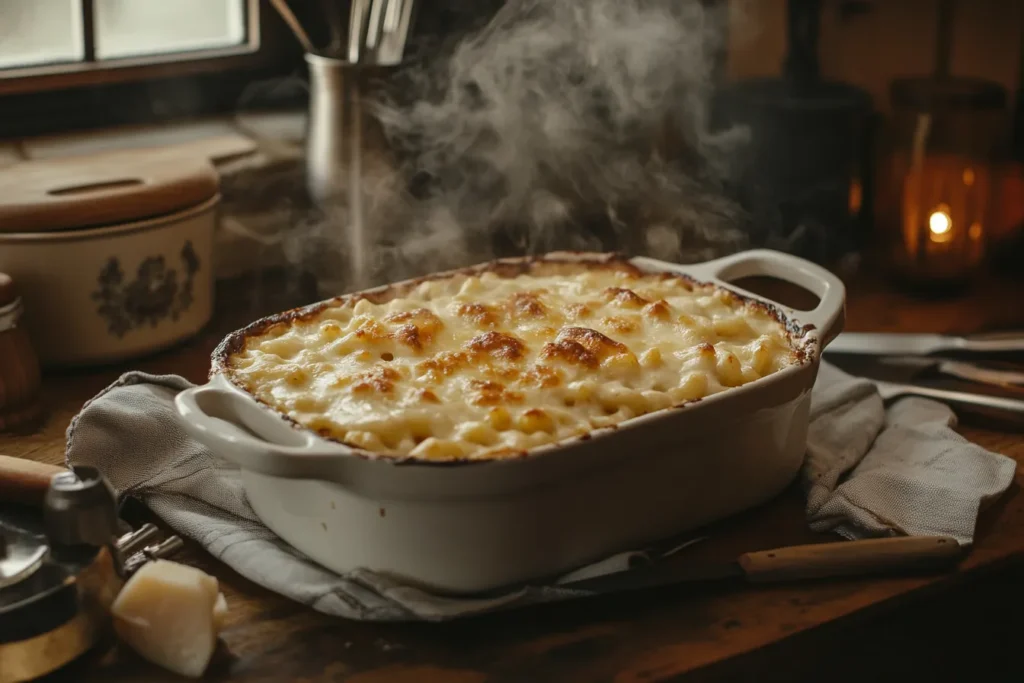
Why is it called “Griffin” Cheese? A Name with a Tale
Ah, the name! Is it from a mythical creature? A secret society? Or maybe just a guy named Griffin?
Well, actually, Griffin Cheese is named after the town of Griffin, Georgia. This small city has a big heart—and a long-standing tradition of locally sourced, farm-fresh food. Several artisanal cheesemakers in the area began producing cheese with characteristics unique to the region: slightly tangy, dense, and full of flavor.
The name stuck because, like champagne can only come from Champagne, France, true Griffin Cheese reflects its Southern identity. Some versions may even bear the official regional label to protect the name.
“Calling it Griffin Cheese is more than branding—it’s a tribute to the land, the cows, and the culture that birthed it.” — Southern Dairy Journal
Interestingly, there’s also a whimsical side to the name. Some local marketers and food bloggers love to play up the mythical griffin (the lion-eagle hybrid), calling Griffin Cheese “a mythical match of flavor and strength.”
So, whether you’re munching on it because of the town, the legend, or the taste—Griffin Cheese promises a story and a flavor in every bite.
Fun Fact Time!
Did you know some batches of Griffin Cheese are aged in beer barrels to infuse them with deep, earthy flavors? Imagine the blend of hops and cheese dancing on your tongue…
Types of Griffin Cheese Available Today
When we talk about Griffin Cheese, we’re not just talking about one kind. Nope—this Southern superstar comes in a variety of forms, flavors, and textures. Whether you’re a fan of bold and funky or smooth and mellow, there’s a Griffin for you!
Aged vs. Fresh Griffin Cheese
Let’s start with the aging game.
- Fresh Griffin Cheese: Soft, slightly crumbly, and tangy with a mild creaminess. Often eaten within 30–60 days. Perfect for salads or fresh sandwiches.
- Aged Griffin Cheese: Richer, firmer, and deeper in flavor. Aged up to 6 months or more. Has a golden color and a nutty, sharp taste—ideal for grating or melting…Creamy Mac and Cheese
“Aged Griffin has this smooth jazz kick—it starts mellow, then builds into a flavor crescendo.” — Cheese Sommelier from Atlanta
💡 Tip: Want a cheese board that sings? Pair both aged and fresh Griffin Cheese on a platter with figs, honey, and pecans. Southern charm guaranteed!
Artisan vs. Mass-Produced: What Sets Them Apart
Like many cheeses, Griffin comes in both artisan and commercial varieties, but here’s where the real magic lies.
- Artisan Griffin Cheese: Made in small batches, often hand-ladled, aged with care, and sometimes washed in beer or wine. Each wheel is slightly different—like snowflakes, but cheesier ❄️🧀.
- Mass-Produced Griffin: Made for scale—still tasty, but less character and depth. You might miss that earthy, complex profile artisan batches offer.
Smell matters here! Artisan versions often have that funky farm aroma that lets you know it’s the real deal.
How Griffin Cheese is Made
Ever wondered how that gorgeous wedge of Griffin Cheese ends up on your charcuterie board? It all starts with a moo, some microbes, and a whole lot of patience
Traditional Cheese-Making Process
Let’s break it down simply:
- Milk Collection 🥛
Cow’s milk (usually pasteurized) is collected fresh from local farms. - Culturing
Natural bacteria is added to acidify the milk. - Rennet Time
Rennet (an enzyme) is used to curdle the milk into curds and whey. - Cutting the Curd
The curd is cut into small pieces and gently cooked. - Draining and Pressing
Whey is drained out, and curds are pressed into molds. - Aging (Affinage)
Here’s the magic! Cheeses are placed on wooden shelves and aged anywhere from 30 days to 6 months—some are washed in beer or brine for that signature rind.
“A cheese is alive. It breathes. It sweats. It evolves. That’s what makes Griffin Cheese so thrilling.” — Master Affineur, Georgia Cheesemakers Guild
Ingredients Used in Griffin Cheese
Simple. Clean. Delicious. Here’s what usually goes into a traditional Griffin Cheese wheel:
- Pasteurized cow’s milk
- Live cheese cultures
- Rennet (vegetable or animal-based)
- Salt
- Beer or ale (optional for rind washing)
No preservatives, no artificial flavors—just pure dairy delight!
Griffin Cheese Nutritional Facts Table
Here’s a handy look at what’s inside every 1 oz (28g) serving of Griffin Cheese:
| Nutrient | Amount per 1 oz |
|---|---|
| Calories | 110 |
| Total Fat | 9g |
| Saturated Fat | 5.5g |
| Cholesterol | 25mg |
| Sodium | 180mg |
| Protein | 6g |
| Calcium | 200mg (15% DV) |
| Carbohydrates | <1g |
| Sugar | 0g |
| Vitamin A | 6% DV |
Note: Nutrition may vary based on age and rind type (washed or natural). Always check the label if you’re watching sodium or fat levels!
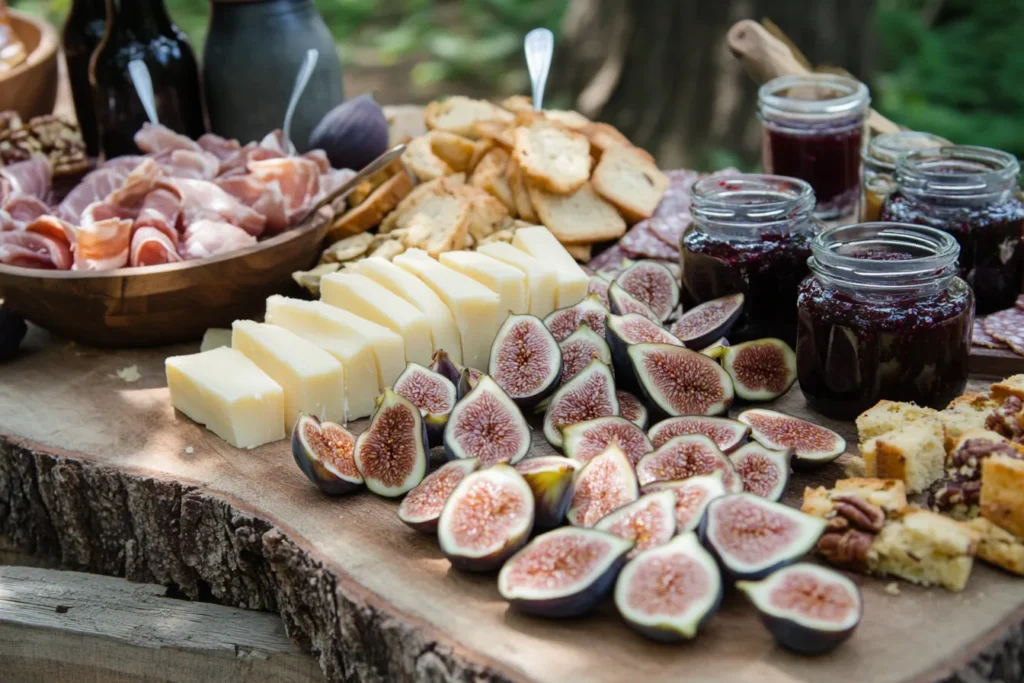
The Bold Flavor Profile of Griffin Cheese
So what does it taste like?
Taste Notes and Texture Explained
Griffin Cheese is famous for its layered, evolving taste. One bite might surprise you with:
- A buttery front
- A tangy middle punch
- And a nutty, earthy finish
Depending on its aging, it can be creamy and mellow or firm and sharp. The rind, especially when washed in beer or ale, adds a malty, complex twist that lingers beautifully on the tongue.
🥴 Imagine gouda and cheddar got lost in the woods, found beer, and came out best friends—boom, that’s Griffin Cheese.
Pairings: Best Wines, Fruits, and Crackers to Serve With Griffin Cheese
No cheese stands alone—Griffin loves company. Here’s how to elevate your cheese game:
Wine Pairings:
- Chardonnay (for creamy styles)
- IPA beer (for rind-aged types)
- Pinot Noir (for aged versions)
🍇 Fruits:
- Fresh figs
- Sliced pears
- Dried apricots
Crackers/Bread:
- Rye crisps
- Sourdough slices
- Whole wheat crackers
“Cheese without wine is like a joke without a punchline.” — Cheese Humor 101
Health Benefits of Griffin Cheese
Alright, let’s talk health. Cheese sometimes gets a bad rap in the diet world, but not all cheese is created equal—especially not Griffin Cheese. This Southern gem brings more to the table than just deliciousness. It can actually be part of a wholesome, balanced diet
Packed with Protein and Calcium
Just one ounce of Griffin Cheese can give you:
✅ 6 grams of high-quality protein – the kind your body uses to build muscle and repair tissue.
✅ 15% of your daily calcium needs – critical for healthy bones and teeth.
“One bite of Griffin gives your bones a boost and your taste buds a party.” — Registered Dietitian, Atlanta
That’s right—cheese can be both a comfort food and a health helper!
Contains Probiotics (The Good Bacteria)
Depending on how it’s made, especially if it’s an artisan or raw milk variety, Griffin Cheese can contain natural probiotics. These little friendly bacteria are awesome for your gut 🌱.
They help:
- Improve digestion
- Boost immune health
- Support mood and brain function
A happy gut = a happy mind = a good excuse to eat more cheese, right?
Rich in Essential Vitamins
Griffin Cheese isn’t just about protein and calcium. It also offers:
- Vitamin A – good for vision and immune defense.
- Vitamin B12 – supports nerve function and red blood cell production.
- Zinc – helps with healing and cell growth.
Just remember: moderation is key, especially if you’re watching your fat or sodium levels.
Common Problems with Griffin Cheese (and How to Fix Them)
Even the best cheese can hit a bump in the road 😬. Here are the most common issues people run into with Griffin Cheese—and how to solve ’em.
Problem #1 – “Why is my Griffin Cheese moldy?”
Ah, the dreaded mold. But don’t panic—not all mold is bad.
- Natural rind? You might see white, blue, or even orange fuzz. That’s usually part of the cheese’s aging process.
- Plastic-wrapped cheese? If you see black or pink mold, it’s best to toss it.
🧼 Fix: Store your cheese in wax paper or cheese paper, not plastic. This lets it breathe and prevents bad mold.
“Cheese breathes. Let it! Wrap it right, and it’ll last longer and taste better.” — Cheesemonger Tip of the Day
Problem #2 – “Why does my Griffin Cheese smell weird?”
Griffin can get funky, especially if it’s been beer-washed or aged a long time.
But a strong smell doesn’t mean it’s gone bad—it might just be doing its thing.
Fix: Let it air out. Remove it from the fridge and let it sit at room temp for 20–30 minutes before serving. The flavor and scent will mellow.
Problem #3 – “My cheese is too hard to cut!”
If you’ve ever tried slicing through a wedge of Griffin that’s aged like a rock… you’re not alone
Fix: Microwave it for 5 seconds or let it sit out to soften. Or use a cheese plane or wire slicer—they’re built for the job.
Problem #4 – “Griffin Cheese tastes bitter!”
Sometimes, an over-aged or poorly stored cheese can taste overly bitter.
Fix: Pair it with a sweet jam, fruit, or honey to balance it out. Also, avoid storing it near onions or strong-smelling items—they can alter the cheese’s flavor.
Cooking with Griffin Cheese Like a Pro
Ready to bring Griffin Cheese to your kitchen? 🙌 Whether you’re making brunch, dinner, or a midnight snack, it’s time to get melty and creative.
Melting Power: Griffin Cheese in Hot Dishes
Griffin melts like a dream 🫕—perfect for:
- Grilled cheese sandwiches 🥪
- Baked mac and cheese
- Cheesy grits or casseroles
- Cheese-topped roasted veggies
🔥 Tip: Use shredded aged Griffin for deeper flavor or creamy fresh Griffin for smoother texture.
“Griffin’s got the stretch of mozzarella and the punch of cheddar—best of both cheesy worlds.” — Home Chef in Savannah
Best Recipes with Griffin Cheese
Here are a few cheesy ideas you can try at home:
- Griffin & Bacon Sliders 🍔
Mini burgers topped with melted Griffin, bacon, and caramelized onions. - Southern Griffin Grits 🍲
Mix shredded Griffin into hot grits, top with shrimp and hot sauce. - Griffin Cheese Soufflé 🍳
Light and airy with a sharp twist. Fancy brunch? Yes, please. - Beer & Griffin Cheese Dip 🍻
Mix melted Griffin with local ale, garlic, and a bit of mustard—perfect for pretzels.
Griffin Cheese in Salads & Cold Dishes
Crumbled or shaved Griffin is a bold twist on cold dishes:
- Spinach & berry salad with Griffin crumbles
- Cold pasta salad with Griffin cubes and olives
- Cobb salad with a sharp Griffin bite instead of blue cheese
Storage Tips to Keep It Fresh
Griffin Cheese lasts longer with the right care:
- Wrap it in parchment or wax paper, then place in a plastic container or zip bag.
- Keep in the cheese drawer or bottom fridge shelf, ideally around 35–40°F.
- Avoid freezing—it changes the texture.
Shelf Life:
- Fresh Griffin: 7–10 days once opened
- Aged Griffin: Up to 3–4 weeks if stored properly
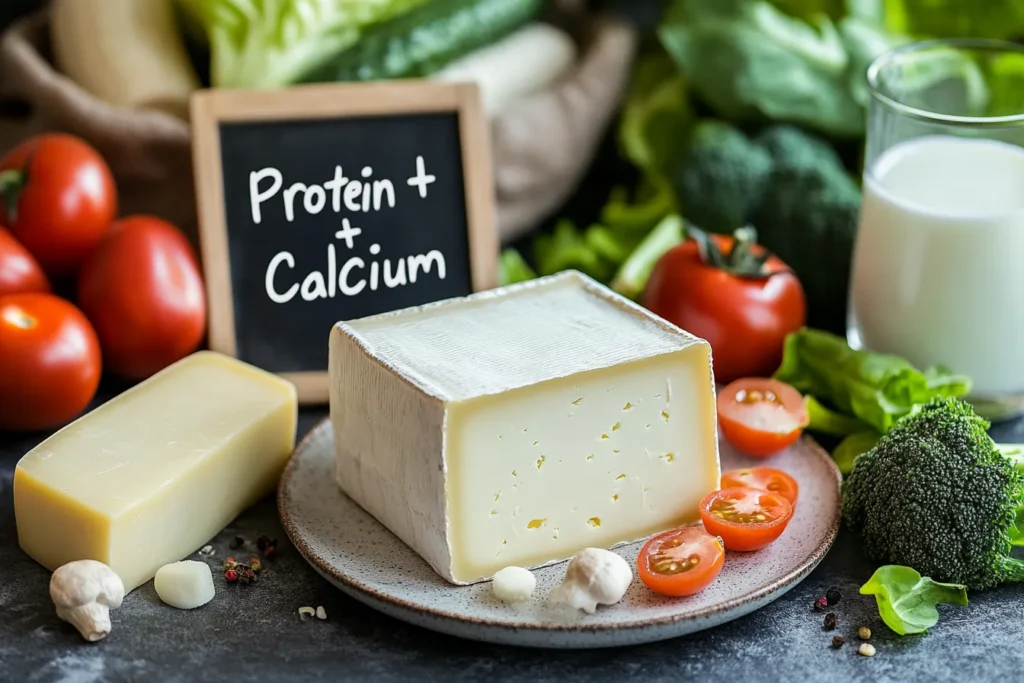
Frequently Asked Questions About Griffin Cheese
We’ve collected the most asked and most Googled questions about Griffin Cheese—and answered them all in a fun, helpful way. Let’s dig in!
Is Griffin Cheese safe for kids?
Absolutely! 🧒👧 Griffin Cheese is made with pasteurized milk, which is safe for children over 1 year old. The fresh varieties are mild in taste and easy to chew, making them a hit in kid-friendly snacks like:
- Cheese sticks
- Grilled cheese sandwiches
- Mac & cheese
Note: If your child has a milk allergy or lactose intolerance, keep reading—we’ve got solutions!
Is Griffin Cheese lactose-free?
Well, not exactly… but here’s the cool part:
- Aged Griffin Cheese contains very low levels of lactose. The longer it ages, the more the lactose breaks down.
- Some lactose-sensitive folks can enjoy aged cheeses like Griffin without discomfort!
“I’m lactose intolerant, but aged Griffin doesn’t bother me. It’s my go-to snack!” — Customer Review from Athens, GA
If you’re unsure, start with a small bite and see how your body reacts. Everyone’s different!
Is Griffin Cheese vegetarian?
That depends on the type of rennet used.
- Some Griffin Cheese is made with animal rennet (enzymes from a calf’s stomach).
- Others use vegetarian rennet derived from fungi or plants.
🧠 Tip: Always check the label or ask the cheesemaker if this matters to you. Many artisan brands are happy to share details.
Can I freeze Griffin Cheese?
Technically, yes… ❄️ but should you? Not really.
- Freezing changes the texture—it becomes crumbly and loses its creamy magic.
- It’s best for melting after thawing (like in pasta or grilled cheese), but not great for snacking.
If you must freeze it: Wrap tightly in plastic and foil, then thaw in the fridge (not at room temp!).
How do I know if Griffin Cheese has gone bad?
Nobody likes a spoiled snack 😷. Watch for these signs:
- Strong ammonia smell
- Slimy or sticky surface
- Discoloration (especially pink, black, or green mold not part of the rind)
- Sour or bitter taste
When in doubt, throw it out!
What makes Griffin Cheese different from cheddar or gouda?
Great question! Griffin Cheese is a beer-washed Southern original, which gives it a:
- Malty, nutty flavor
- Slightly tangy finish
- Creamy yet firm texture
Cheddar is usually sharper and crumblier, while gouda leans sweet and smoky. Griffin sits right in the middle—a funky, flavorful fusion 🧀🍺.
“Griffin is like the cool cousin of cheddar and gouda who listens to vinyl and brings his own IPA.” — Cheese Blogger, USA
Can I use Griffin Cheese in vegan recipes?
Well, since it’s made from cow’s milk, Griffin Cheese isn’t vegan ❌. But…
You can recreate the flavor using:
- Vegan nut-based cheeses (like aged cashew cheese)
- Beer-infused vegan cheese blends
- Nutritional yeast + spices for that “cheesy beer” vibe
Great for plant-based mac & cheese or dips!
How should I serve Griffin Cheese for a party?
Griffin shines on a Southern-style charcuterie board! Here’s your party-perfect combo:
Proteins: Country ham, smoked sausage, or turkey slices
Breads: Buttermilk biscuits, rye crackers, or mini cornbread muffins
Fruits: Grapes, apple slices, dried figs
Accents: Local honey, spicy mustard, pecan brittle
Cheese: Aged and fresh Griffin slices arranged in a fan
Pro Tip: Let it sit out for 20–30 minutes before serving so the flavors really come alive.
What beer pairs best with Griffin Cheese?
Since Griffin is often washed in beer, it naturally pairs with:
- IPAs (complement the tang)
- Amber ales (balance the creaminess)
- Wheat beers (enhance subtle sweet notes)
🍻 No alcohol? Try pairing with sparkling apple cider or iced hibiscus tea.
“A bite of Griffin and a sip of IPA—heaven in the backyard on a Sunday.” — Cheese & Beer Aficionado, Charleston
What’s the shelf life of Griffin Cheese?
It depends on the type and how it’s stored:
- Fresh Griffin: 7–10 days once opened
- Aged Griffin: 3–4 weeks with proper wrapping
- Unopened wheel or wedge: Can last 2–3 months refrigerated
Storage Hack: Wrap in wax paper, then in plastic or place in a sealed container for max freshness.
Where can I buy Griffin Cheese?
Most artisan cheese shops in the South carry it. You can also find Griffin Cheese:
- At local farmers’ markets in Georgia and surrounding states
- From online cheesemongers (like Murray’s or local Georgia dairies)
- Direct from the maker—Sweet Grass Dairy, one of the main producers
Conclusion
Griffin Cheese isn’t just a snack—it’s a Southern treasure 🧀✨. From its bold, beer-washed character to its creamy, dreamy texture, this cheese deserves a spotlight on every table. Whether you’re serving it at a party, melting it in your favorite dish, or savoring it solo with a sip of local IPA, Griffin Cheese delivers flavor, tradition, and fun.
We’ve learned:
✔️ How Griffin Cheese is made, its Southern roots, and beer-washing magic
✔️ Its health benefits—packed with calcium, protein, and even probiotics
✔️ Creative ways to eat it—from sliders to salads to dips
✔️ Storage and serving tips for max freshness
✔️ Answers to real-life questions (Is it safe for kids? Can you freeze it? What beer to pair?)
So, next time you stroll through a cheese shop or browse an online store, remember: Griffin Cheese is more than just a wedge—it’s an experience. And with every bite, you’re tasting a piece of Southern craftsmanship that’s bold, smooth, and unforgettable.
“In a world full of cheddar and brie, be a Griffin—stand out and bring your own flavor.” 🧀💛
Now, before you go… let’s complete the experience with the perfect visuals.
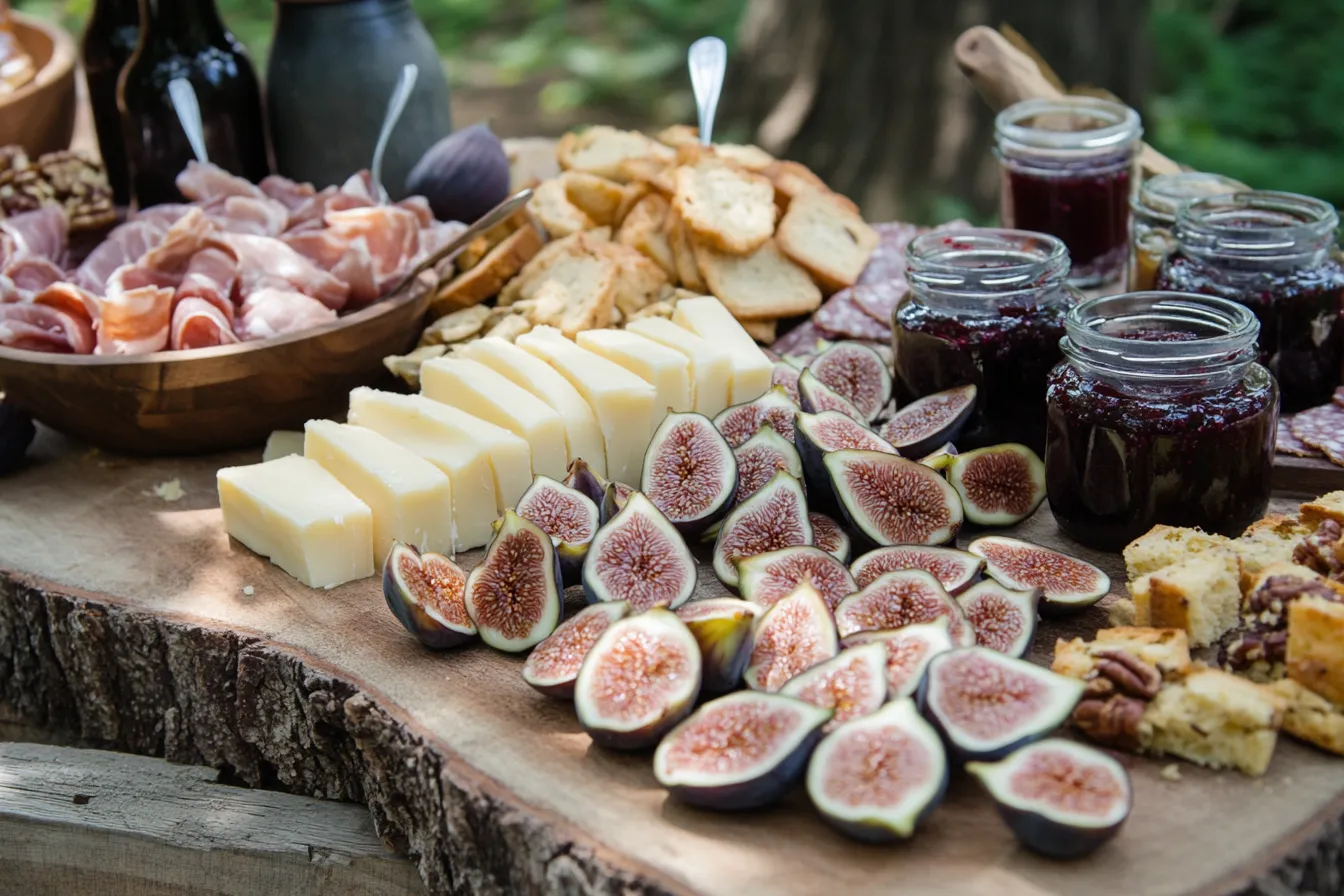
Griffin Cheese Charcuterie Board
Ingredients
Equipment
Method
- Arrange Griffin Cheese in the center of your serving board.
- Fan out slices of ham or sausage around the cheese.
- Add fruit, both fresh and dried, in small clusters.
- Place nuts in scattered piles or small bowls.
- Fill small bowls with jam or mustard and place them on the board.
- Add bread or crackers last, filling in any empty spaces.
- Serve at room temperature for best flavor.

